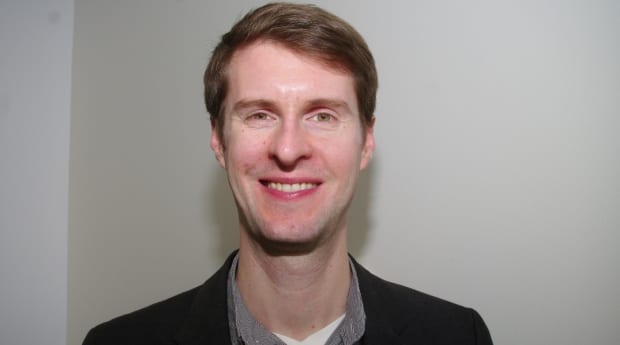Gay men, lesbians and bisexuals who live in anti-gay environments are more likely to die younger, says one researcher.
Mark Hatzenbuehler, an assistant professor of sociomedical sciences at Columbia University’s Mailman School of Public Health, is the lead author of a 2014 study that examined the consequences of anti-gay prejudice on mortality.
According to the study, LGB people who face high levels of stigma (in public attitudes and anti-gay laws, for example) die 12 years earlier than those who live in less hostile environments.
Hatzenbuehler gave the keynote address to the 11th annual BC Gay Men’s Health Summit, held Nov 4–6 in Vancouver, which addressed the impact of stigma on gay men’s health.
He notes that the results of the 2014 study were not due to HIV-related causes of death. So what is killing gay people sooner in anti-gay environments?
“We found three particular causes of death that were the most elevated in these high stigma communities and that was: suicide, homicide and violence, and cardiovascular diseases,” he says.
Most research to date, he says, has focused on individual or interpersonal studies, and largely ignored the impact of broader forms of “structural stigma” such as laws, policies and practices, and cultural norms.
That’s a “dramatic shortcoming” in the research, he says, since such laws and attitudes “are likely to be major contributors to unequal outcomes” in gay people’s health.
Hatzenbuehler and his colleagues also studied and attempted to measure “structural stigma” across Europe. In 2015 they published a study about the effects of structural stigma, sexual orientation concealment, and HIV across 38 European countries.
“How does structural stigma get under the skin to create adverse health outcomes?” Hatzenbuehler says he and his colleagues asked.
He says they found significant differences between the countries studied, for instance between Russia and the UK. The study revealed that gay and bisexual men in the highest “structural stigma” countries are more likely to conceal their sexual orientation, which in turn elevates their risk of contracting HIV.
Hatzenbuehler and his colleagues also measured “structural stigma” at the state level in the United States and found similar results.
They assessed “structural stigma” at the state level by measuring the density of same-sex partner households, the proportion of gay-straight alliances in public high schools, and a composite index of policies related to sexual orientation and public attitudes toward gay and lesbian people.
Men living in more supportive environments were more likely to report using PrEP and “significantly more likely to discuss their sexual orientation with their health care providers,” he notes.
In a 2009 study, Hatzenbuehler and his colleagues used data from the National Epidemiologic Survey on Alcohol and Related Conditions, which includes a measure of sexual orientation, to see if the passage or rejection of gay rights legislation had any connection to mood disorders among LGB people living in those states. The answer: yes.
The study found a 37 percent increase in mood disorders among LGB respondents in states that banned gay marriage, compared to a 24 percent decrease in mood disorders in states that did not ban gay marriage.

 Why you can trust Xtra
Why you can trust Xtra


